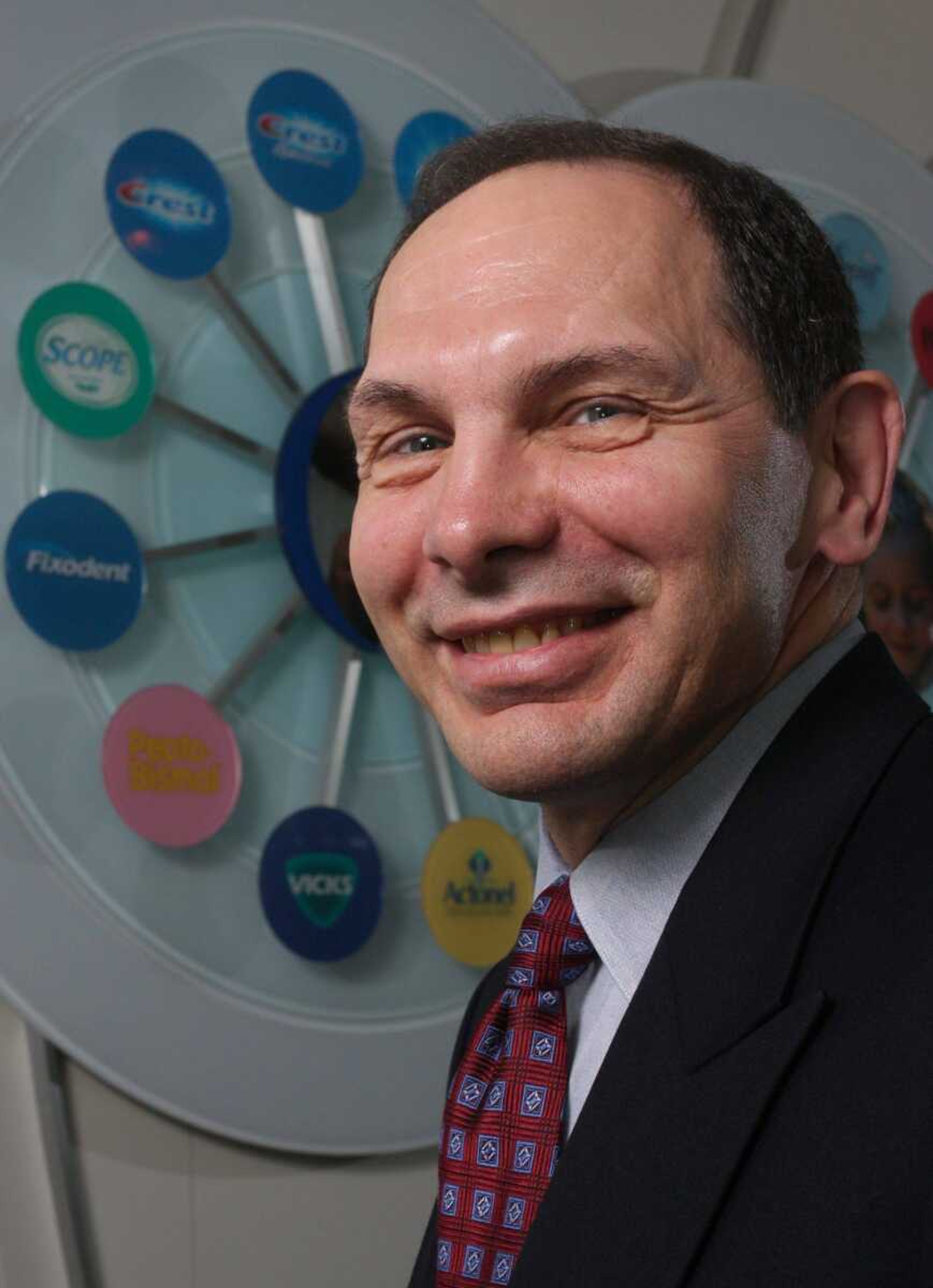New P&G leader plans to seek growth overseas
CINCINNATI -- New Procter & Gamble Co. chief executive Bob McDonald sees a brighter future for the 172-year-old company through selling more diapers, detergent and shampoo in places such as India and Africa. With plans to double sales and streamline the world's largest consumer products company, whose sales and earnings growth have slowed during the recession, McDonald is to move from chief operating officer to CEO in three weeks...
CINCINNATI -- New Procter & Gamble Co. chief executive Bob McDonald sees a brighter future for the 172-year-old company through selling more diapers, detergent and shampoo in places such as India and Africa.
With plans to double sales and streamline the world's largest consumer products company, whose sales and earnings growth have slowed during the recession, McDonald is to move from chief operating officer to CEO in three weeks.
"We're going to focus even more on winning with consumers in emerging markets," McDonald said shortly after P&G announced he will succeed A.G. Lafley on July 1. "We're serving about 3.5 billion people of nearly 7 billion people on the planet today, and I'm confident we can reach at least another billion or more in the decade ahead."
Lafley will stay on as a full-time chairman and adviser to McDonald after nine years as CEO of the company, which has a plant near Cape Girardeau. Lafley turns 62 on Saturday, while McDonald will be 56 later this month.
The move had been expected on Wall Street. P&G shares closed down 33 cents, or 0.6 percent, at $52.08. They've traded in a 52-week range of $43.93 to $73.57.
P&G's board praised McDonald in a statement as "the most broadly and globally experienced CEO in P&G history." McDonald has lived and worked in Europe, Canada and Asia. He went to the Philippines in 1991 as general manager and later led P&G's Asian operations from Japan.
P&G's strongest sales growth in the last few years has been in emerging markets, and McDonald, who just returned from a trip to Russia and southeast Asia, plans to step that up. He thinks P&G can more than double its annual sales, to $175 billion a year, over the next 15 years mainly in countries with booming populations and still-developing economies.
Ali Dibadj, a senior analyst for Sanford C. Bernstein, said there is some question about whether consumers in such countries will keep trading up to big-brand products, but the potential for growth is clear.
"Perhaps Bob's history of making inroads in emerging markets may allow Procter & Gamble to become more aggressive there," Dibadj said.
McDonald said raising P&G's per capita sales in India and China, which have more than 1 billion residents each, to their level in Mexico would add $40 billion a year.
"There's no question that the basic demographics are going to take the center of gravity of our business to Asia, to Africa -- where the people are, where the babies are being born," McDonald said in an interview last year.
One of the success stories of his decade in Asia was a new Pantene shampoo formulation and marketing approach meant for regional hair types and styles. Strong Asian sales growth has since helped build Pantene into the leading global hair brand, with $3 billion in annual sales.
That experience taught McDonald "the enormous, explosive growth potential" in Asian markets and the importance of tailoring products and messages to local cultures, he told The Associated Press last year.
"My job at P&G is to be a globally effective leader, not just be an effective leader in my own country, in my own culture," he said.
P&G is making its products where the new consumers are -- of 19 plants under construction or in the works, only one is in the United States. The rest are in countries such as Brazil, Thailand and South Africa. And it's making more products and sizes.
In Brazil, Pampers sells an extra-absorbent nighttime diaper meant for rural families where babies sleep in the same bed with other family members. In India, P&G products are offered in sachet sizes to allow people with limited funds to buy enough for a day or two.
P&G continues a tradition of promoting from within, but has reshaped its leadership with recent changes in other key slots including chief financial officer, marketing chief and president.
"With the team largely in place, it's time for the next CEO to step up," Lafley said.
Lafley didn't say how long he'll remain as chairman. When he became CEO, former CEO John Pepper served as chairman for the first two years, after which Lafley added the chairman title.
McDonald, who has been helping lead efforts to cut costs and increase efficiency and productivity, pledged Wednesday to save money with a "a simpler, flatter, and more agile organization."
As an example, he pointed to the consolidation last week of four P&G departments under Marc Pritchard, the company's global marketing officer.
Lafley, who took over the company amid profit warnings and diving stock prices in June 2000, helped right P&G by emphasizing innovation and a "consumer is boss" focus, which included spending more time in personal observation and interviews with consumers.
The company also built its key brands -- it now has 23 that sell at least $1 billion, up from 10 in 2000 -- and sold off slower-growth brands such as Comet cleanser, Sure deodorant and Folgers coffee.
---
On the Net:
Connect with the Southeast Missourian Newsroom:
For corrections to this story or other insights for the editor, click here. To submit a letter to the editor, click here. To learn about the Southeast Missourian’s AI Policy, click here.









